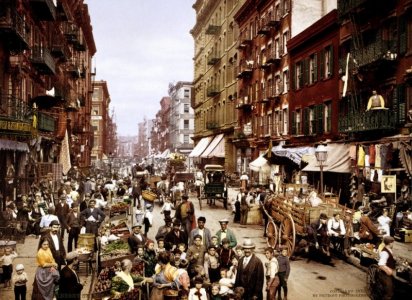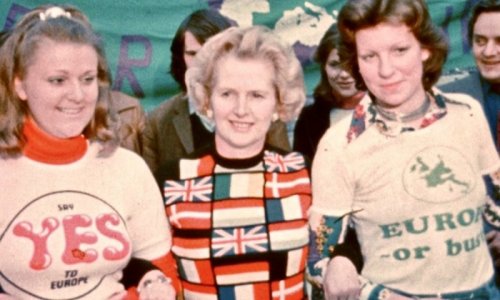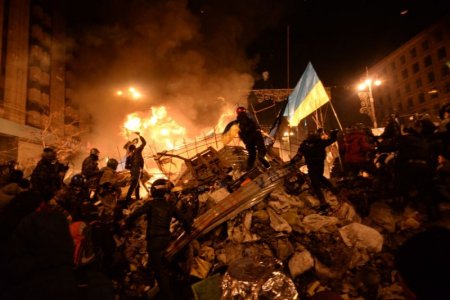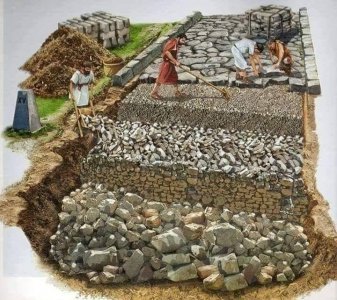16 February 1923 – Howard Carter unseals the burial chamber of Pharaoh Tutankhamun.
In 1914 Lord Carnarvon received the concession to dig in the Valley of the Kings, Carter was employed to lead the work. On 26 November 1922, Carter made a “tiny breach in the top left hand corner” of the doorway, with Carnarvon, his daughter Lady Evelyn Herbert, and others in attendance, using a chisel that his grandmother had given him for his 17th birthday. He was able to peer in by the light of a candle and see that many of the gold and ebony treasures were still in place.
Lord Carnavron and Howard Carter at the entry. Carnarvon asked, “Can you see anything?” Carter replied with the famous words: “Yes, wonderful things!”
The next several months were spent cataloguing the contents of the antechamber under the “often stressful” supervision of Pierre Lacau, director general of the Department of Antiquities of Egypt. By February 1923 the antechamber had been cleared of everything but two sentinel statues. A day and time were selected to unseal the tomb with about twenty appointed witnesses that included Lord Carnarvon, several Egyptian officials, museum representatives and the staff of the Government Press Bureau.
On 16 February 1923 at just after two o’clock, the seal was broken.
Carter opened the sealed doorway and found that it did indeed lead to a burial chamber, and he got his first glimpse of the sarcophagus of Tutankhamun. The tomb was considered the best preserved and most intact pharaonic tomb ever found in the Valley of the Kings.
















